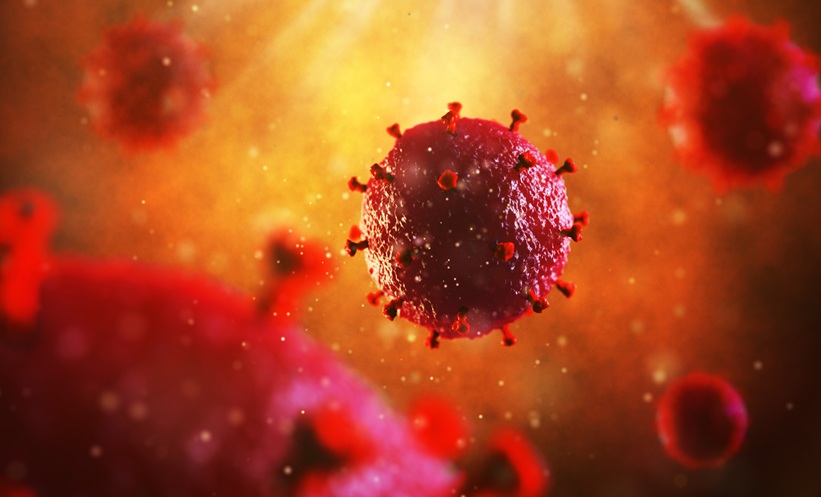A GROUNDBREAKING approach using mRNA-lipid nanoparticle technology has shown the ability to force HIV out of its latent state, offering hope for future curative therapies.
Latent HIV, harboured in resting CD4+ T cells, is a formidable barrier to curing the infection. These cells conceal integrated provirus in a transcriptionally silent state, beyond the reach of both immune surveillance and antiretroviral therapy. Researchers at the Peter Doherty Institute in Melbourne have developed a new lipid nanoparticle (LNP) formulation, dubbed LNP X, capable of delivering mRNA directly into these difficult-to-transfect cells without triggering toxicity or activation. The team encapsulated mRNA encoding the HIV Tat protein, known to activate viral transcription, and tested the formulation ex vivo in CD4+ T cells donated by people living with HIV. They also demonstrated that LNP X could deliver CRISPR activation machinery to regulate both host and viral gene transcription.
In laboratory studies, LNP X significantly enhanced HIV transcription in resting CD4+ T cells, a critical first step in making latent virus detectable and vulnerable to immune clearance. The effect was consistent and repeatable, surprising even the researchers with the scale of the response. Unlike earlier LNP designs, which failed to enter resting T cells, LNP X achieved potent mRNA delivery without activating the cells or causing harm. The findings represent the first robust demonstration of mRNA delivery to this elusive HIV reservoir. While the study did not test viral clearance, elevated transcription levels suggest potential synergy with future immune or pharmacological “kill” strategies.
Though this research remains at the preclinical stage, the breakthrough has implications for HIV and other diseases involving similar immune cell populations, such as cancer. The path to clinical application will require successful animal studies and human trials, but the innovation marks a major advance in mRNA delivery.
Reference
Cevaal PM et al. Efficient mRNA delivery to resting T cells to reverse HIV latency. Nat Commun. 2025;16(1):4979.








